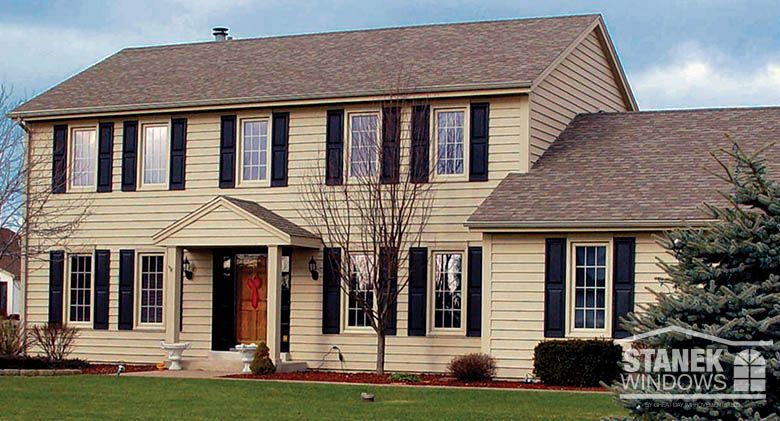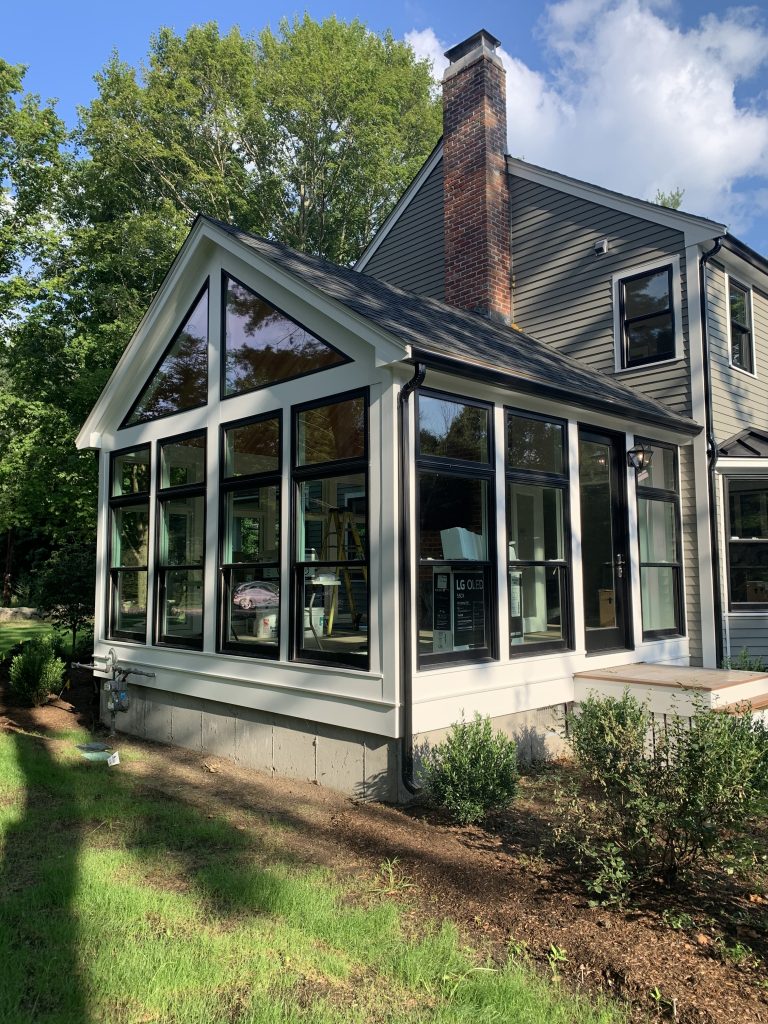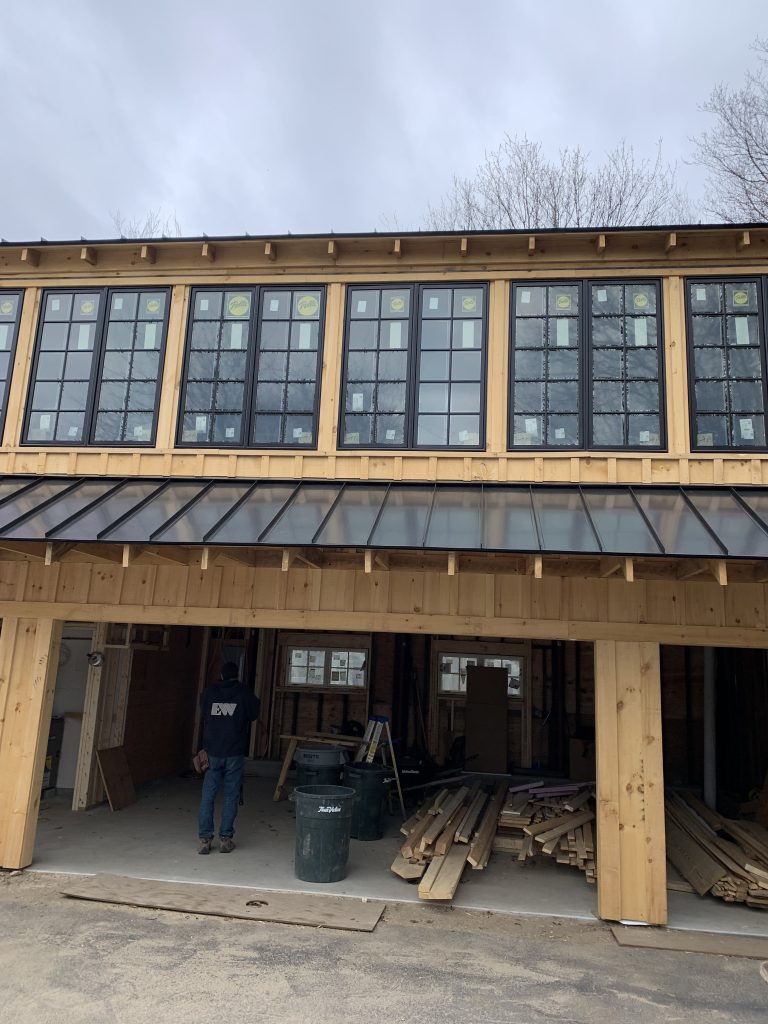The double hung window is an inferior window. It simply cannot seal as effectively as a hinged window, whether it’s a casement, awning or a European style tilt and turn.
Windows are one of the biggest ticket items in any new construction or renovation project. They are also one of the weak points in the shell of house when it comes to efficiency. Style, construction and installation all play a roll, but style is typically the biggest factor.
So why are homeowners still choosing the double hung or any type of sliding window today?
Cost
Money is always a factor in when a building material or component continues to stick around, even after it’s been proven an inferior choice. Think stick build walls and pink fiberglass or oil fired furnaces. The dirty little secret is that the cost gap between the casement and double hung has closed to an insignificant gap in the last 10 years. Many builders are still making decisions based on outdated information. Several years ago you might see a 10%-20% cost difference between the 2, but that is not the case today.
The Anderson 400 series is a classic wood and vinyl clad window. They have a few popular sizes that are mass produced and available at Home Depot for short money and If you are building a new house or remodeling and can design around these stock sizes, you can save some serious dough.
Advantage- Double hung (barely)
Tradition
The double hung has been the most common window here in New England for over a century, so it’s no surprise buyers want the same today. Most homeowners are afraid to go against the grain and switch to a different style, unless the architecture of the house dictates it, such as a contemporary or modern design. When the herd is going one way we all tend to follow, especially with home styles and design.
The truth is that even a classic colonial can take a casement window and it will not affect its overall aesthetic.

Advantage? Draw- personal preference
Screens
This is the casements Achilles heel. The screen is on the interior and many people don’t want to see it. The work around is to remove the screens during the winter months when you will not be opening your window. The truth is that many homes have central air, so windows stay shut 95% of the time anyways.
Pella has a great roll screen product that is rethinking the window and door screen altogether. The screen stays nested inside their double hung window and rolls out as you open the window. The downside is that it’s not cheap. This option is available on casement windows, but it must be done manually.

Advantage- Double Hung
Visibility
The double hung is 2 window sashes with the frames typically running right through the center of the window so you are always looking at that instead of a solid plane of glass. The unobstructed view of the casement is far superior in this category.
Advantage- Casement in a landslide
Window AC
No can do with casement windows
Advantage- Double Hung
Efficiency
I saved the best for last. Pound for pound, a hinged or casement window seals better than the best made double hung. The advantage of being able to compress the window panel against the window gasket on all 4 sides, simply cannot be duplicated with a double hung window. Stand in front of your double hung window on a cold winter day and you can attest to this fact. The air simple finds its way in and that become a major weak spot in the envelope of your home and its overall efficiency.
Advantage- Casement
Overall
Each year I spend building and remodeling contemporary houses here in the Boston area I become more interested in working with the best products and that includes the ones that will last the longest and that offer the best in overall efficiency. The casement or tilt and turn window is my number one choice for a venting window for all my projects as it universal design is a great match for most of our contemporary designs at Jensen Hus.

Nathan Dishington is the owner of Jensen Hus, a residential design build firm in Natick Massachusetts, specializing in distinctive contemporary projects.
